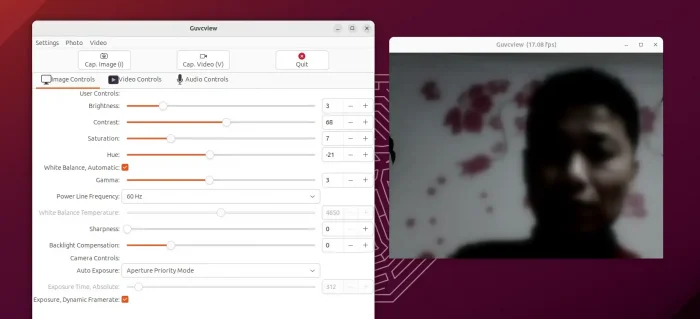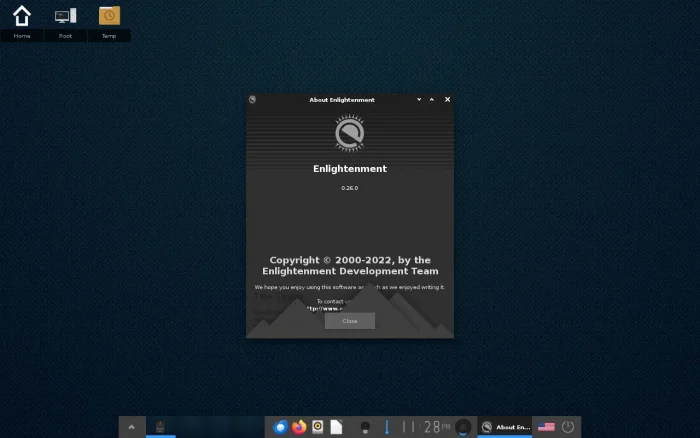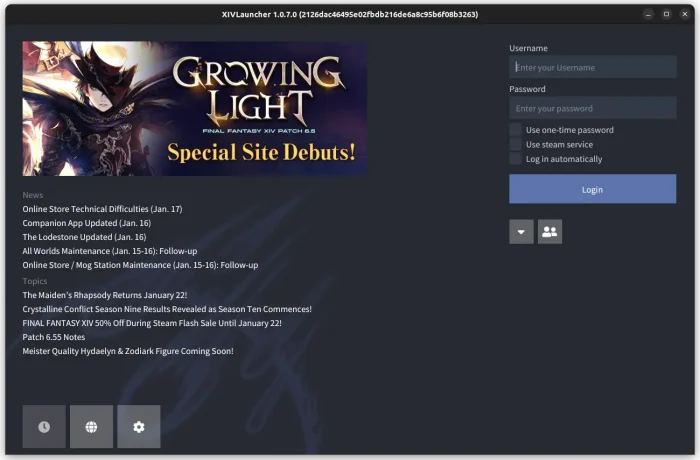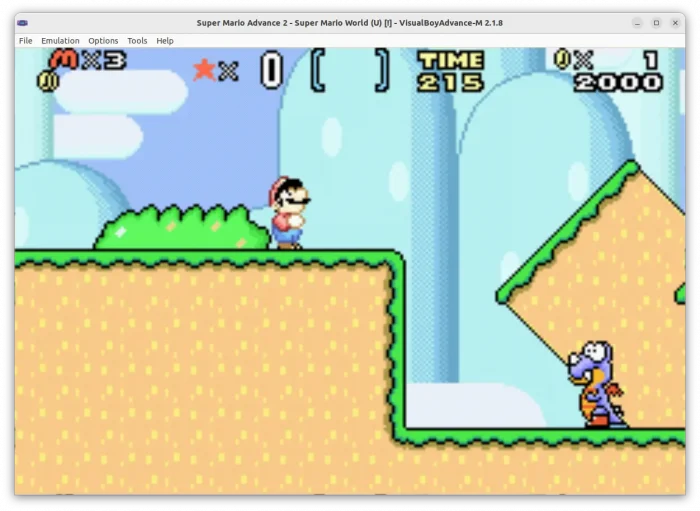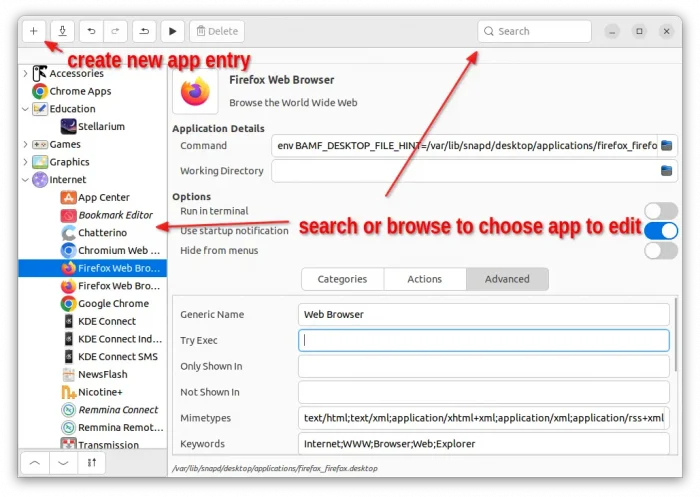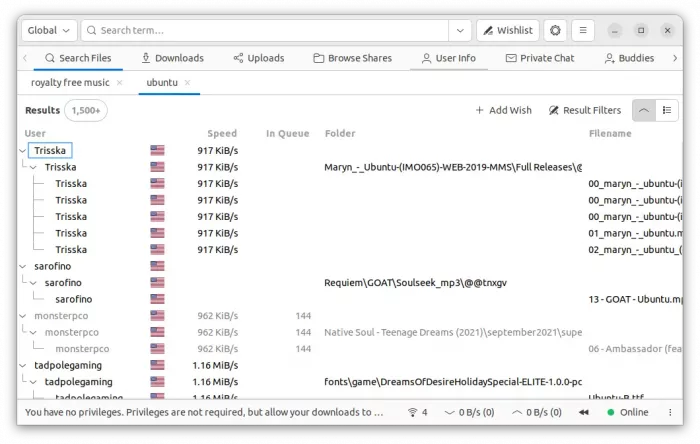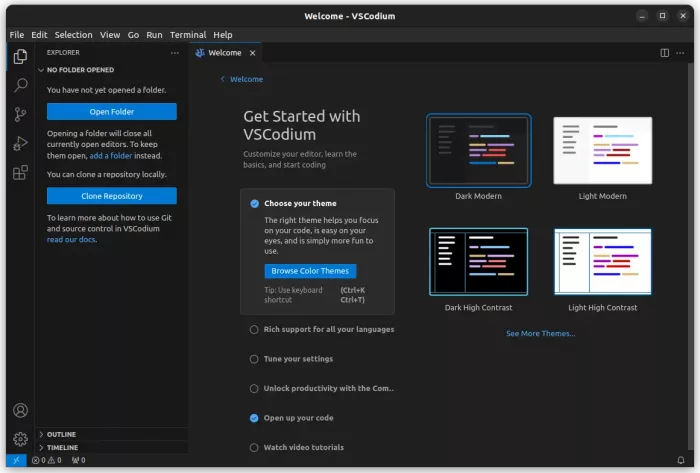Guvcview, the free open-source tool for capturing image/video and dynamically controlling UVC camera and webcam devices, released version 2.1.0.
It’s a GTK3 and Qt5 application that provides both graphical interface and command line options to control your webcam or camera.
With it, you can change the brightness, contrast, saturation, hue, white balance (gamma), sharpness, backlight compensation, etc settings for your webcam.
Besides the dynamic control of UVC (USB Video Class) camera/webcam, it also allows to capture video with control of frame rate, filters such as mirror, invert, pieces, blur, etc. Also, capture audio with sample rate, latency, and filters including echo, reverb, fuzz, wahwah, and ducky.



